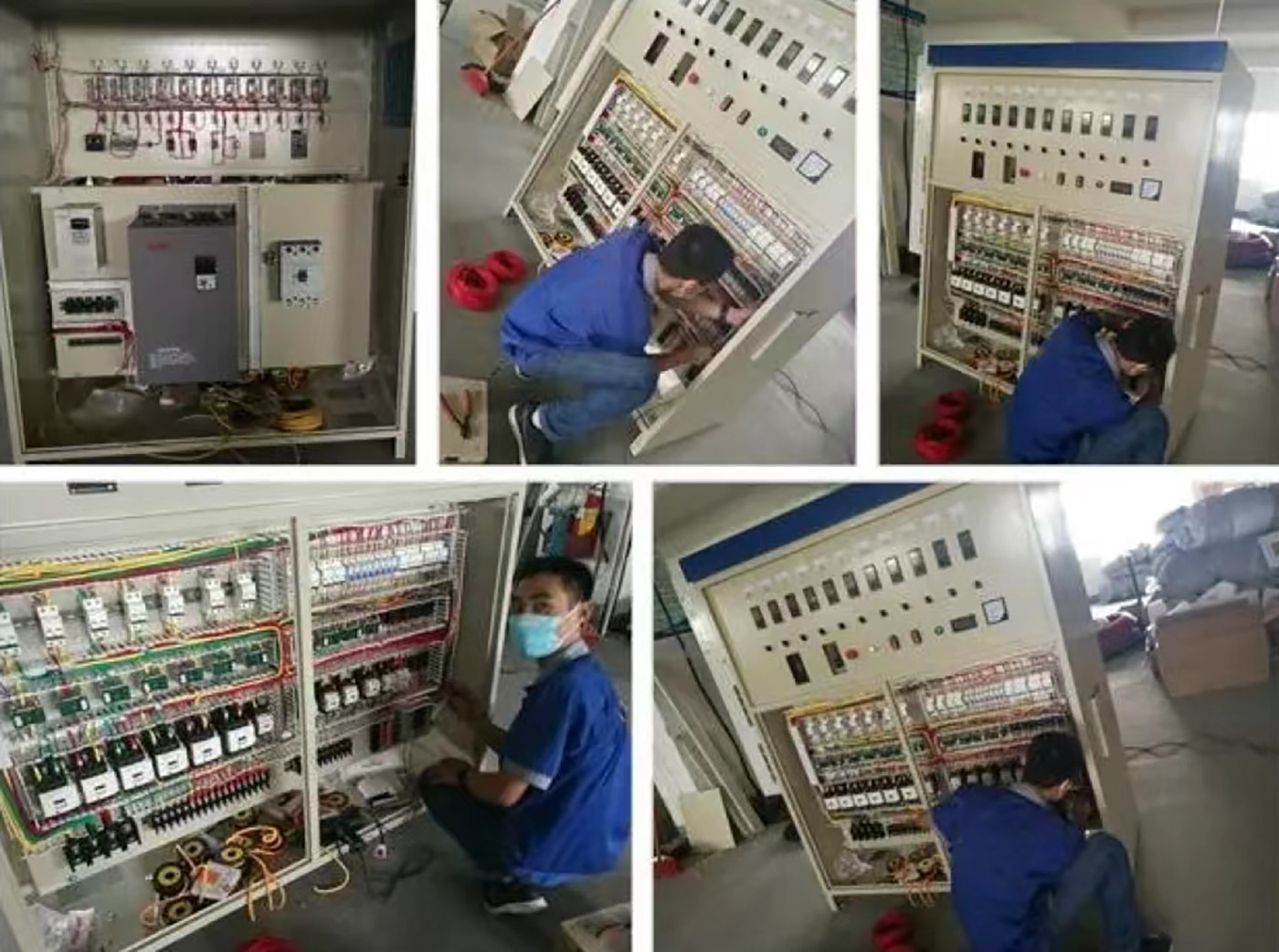As the name implies, power cabinets are often used in power systems or telecommunication systems and various industries, and are used to place new additions to power equipment or for professional power wiring. Generally, power cabinets are relatively large in size and have sufficient space. It is mostly used in the power distribution system of large-scale projects. Today we will talk about the installation guidelines for power cabinets.

Guidelines for power cabinet installation:
1. Component installation should abide by the principles of layered arrangement and ease of wiring, operation and maintenance, inspection and replacement; components should be installed regularly, neatly arranged, and clearly organized; the installation direction of components should be accurate and the assembly should be tight.
2. No components shall be placed within 300mm above the bottom of the chassis cabinet, but if the special system is not satisfactory, special installation and placement can only be carried out after the approval of relevant personnel.
3. The heating components should be placed on the top of the cabinet where it is easy to dissipate heat.
4. The arrangement of the front and rear components in the cabinet should be strictly in accordance with the schematic diagram of the panel, the schematic diagram of the panel and the installation dimension drawing; the type standards of all components in the cabinet must be completely consistent with the requirements of the design drawings; they cannot be easily changed without permission.
5. When installing Hall sensors and insulation detection sensors, the direction indicated by the arrow on the sensor should be consistent with the direction of the current; the direction indicated by the arrow of the Hall sensor installed at the battery fuse end should be consistent with the direction of the battery charging current.
6. All small fuses connected to the busbar must be installed on the side of the busbar.
7. Copper bars, rails 50 and other hardware must be rust-proofed and deburred after processing.
8. For similar products in the same locality, ensure that the location of component installation, the direction of direction, and the overall planning are consistent.
Post time: Jul-20-2023





